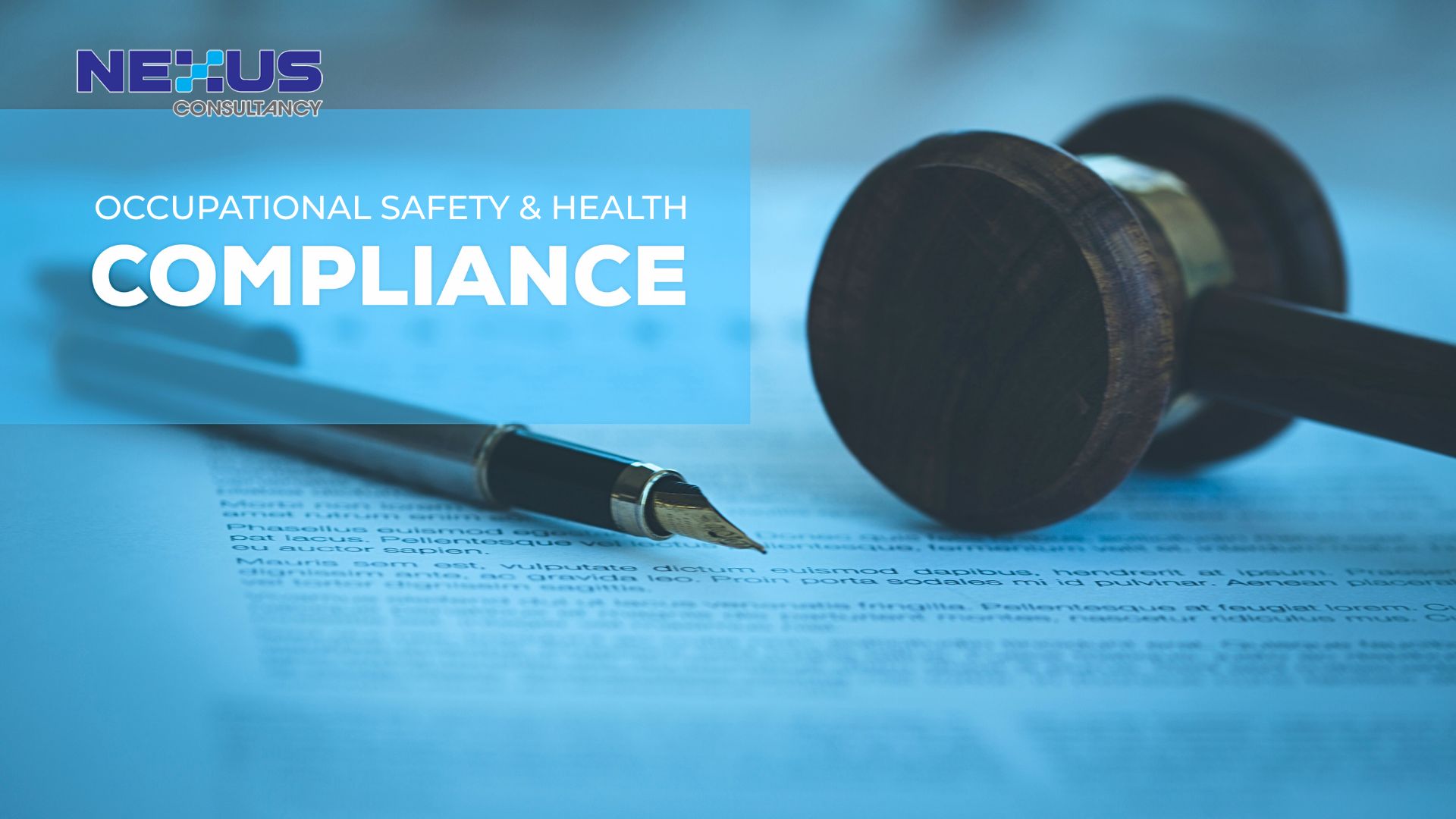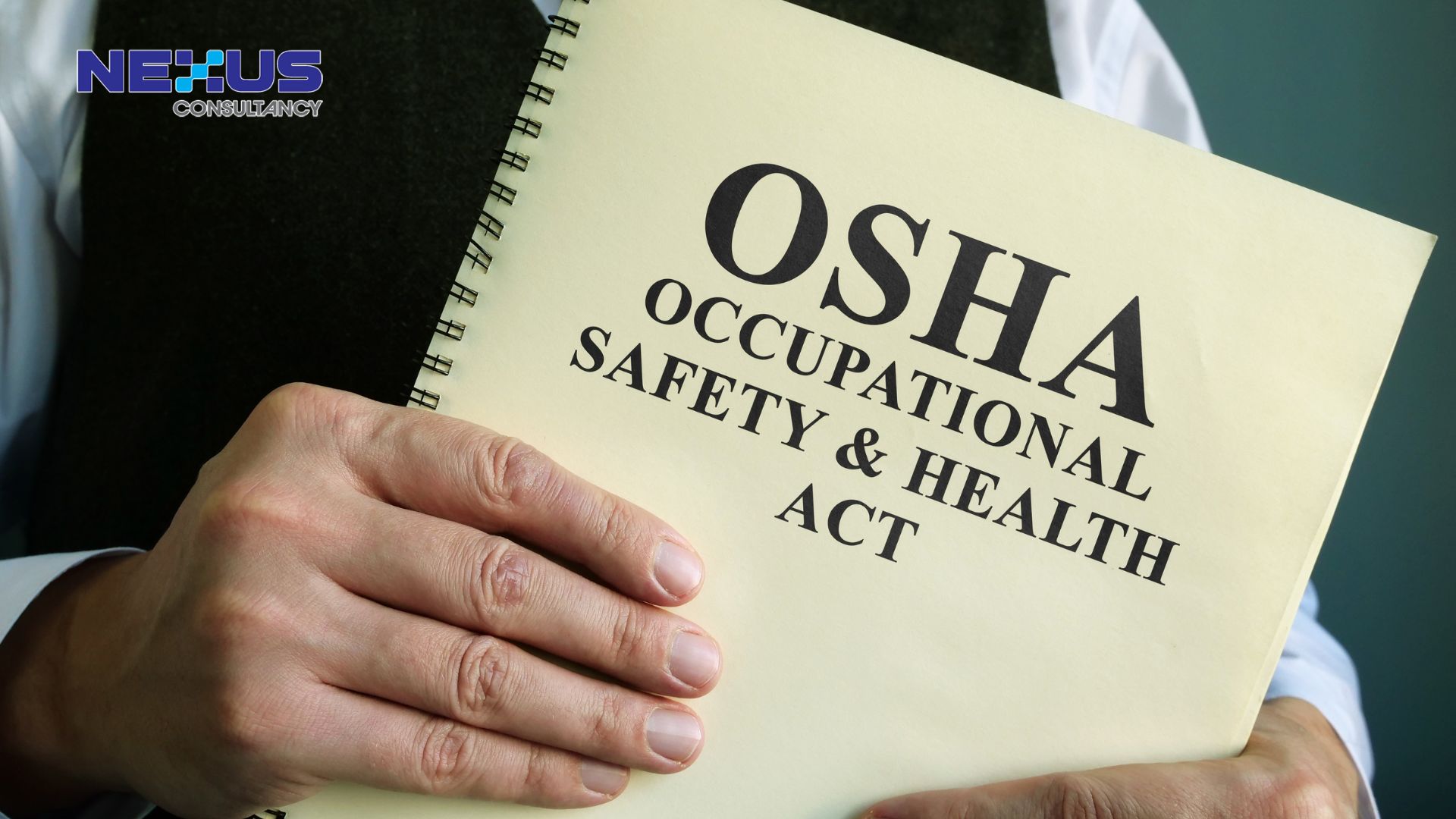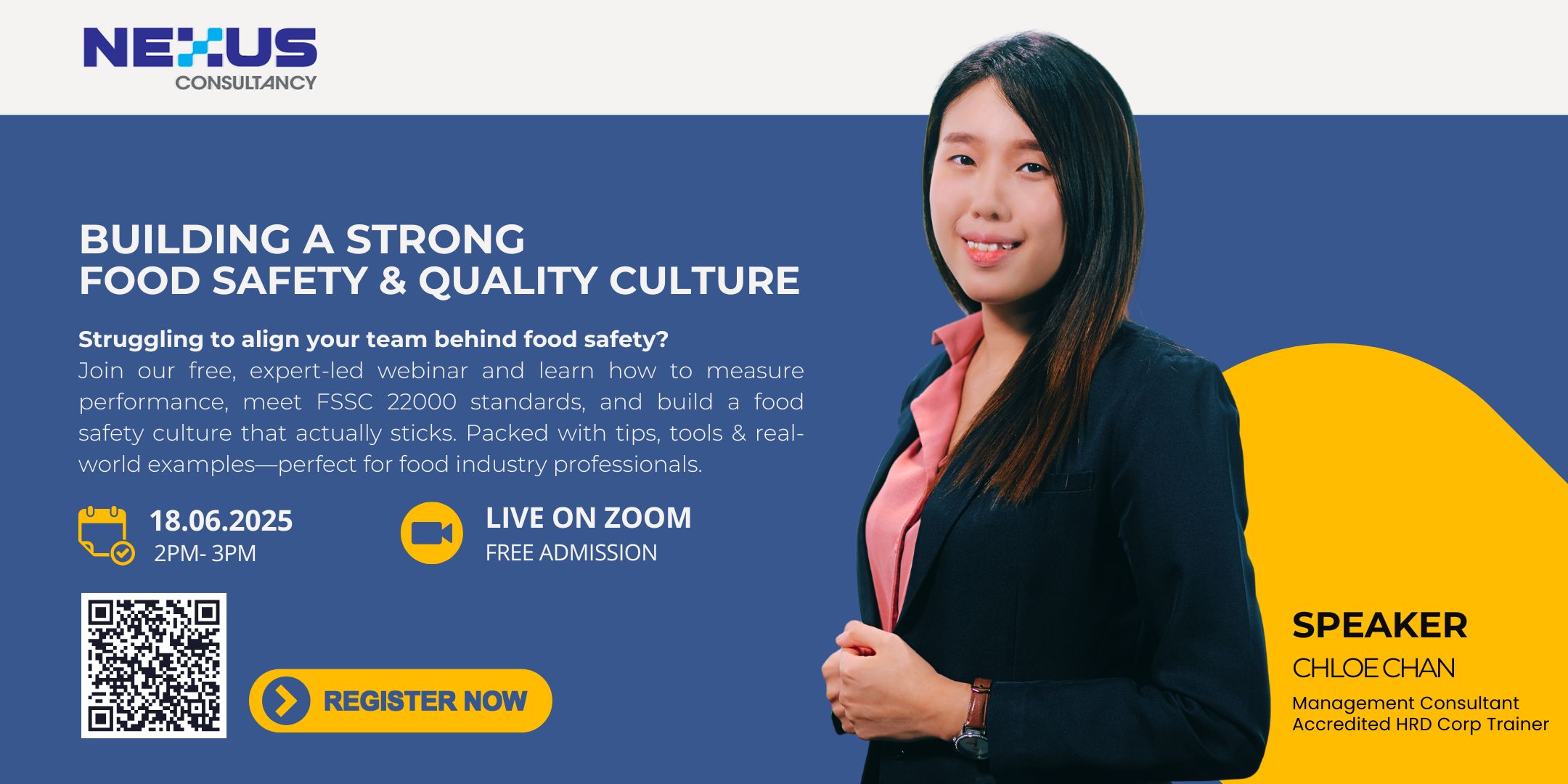
Danielle Tan
Chief Operating Officer
Simple ESG tips for SMEs. Begin your journey with support from trusted ESG consultants in Malaysia.

In today’s business environment, Environmental, Social, and Governance (ESG) practices are no longer just for large corporations. Small and medium-sized enterprises (SMEs) are under increasing pressure from customers, investors, regulators, and even supply chain partners to demonstrate responsible and sustainable business practices. The good news? You don’t need a big team or massive budget to get started.
In this article, we’ll break down simple, actionable ESG steps for SMEs and how you can begin your ESG journey with the resources you already have. Whether you’re in manufacturing, services, or distribution, these steps can help your company stay competitive and build a reputation for integrity, sustainability, and trust.
📣 Looking to build ESG capabilities without overloading your team? Let our ESG consultants in Malaysia show you how.
Why ESG Matters for SMEs
Many SMEs still think ESG is a corporate buzzword with little relevance to them. But the landscape is shifting quickly:
1. Buyers and MNC clients are demanding ESG compliance in their supplier selection process.
2. Investors and banks are integrating ESG into credit evaluations.
3. Government incentives and legal frameworks are evolving to support sustainable businesses.
4. Consumers are more aware and willing to support ethical brands.
Failing to integrate ESG risks missing out on contracts, funding, and long-term growth opportunities.
Step 1: Understand What ESG Means for Your Business
Start by understanding what ESG means in the context of your industry and operations. Here’s a basic breakdown:
– Environmental: How your company impacts the planet (e.g., waste management, carbon footprint, energy usage).
– Social: How your company treats people (e.g., employee welfare, community engagement, diversity, and health & safety).
– Governance: How your company is managed (e.g., anti-corruption, transparency, ethical policies, compliance).
📊 Tip: Even if you’re a small business, documenting simple actions like recycling, energy-saving practices, or anti-bribery policies counts toward ESG Compliance.
Step 2: Do a Quick ESG Gap Assessment
You don’t need expensive consultants to begin. Conduct a basic ESG gap analysis:
– What sustainable practices are you already doing?
– Where are the risks in your operations (e.g., unsafe practices, undocumented SOPs, poor waste disposal)?
– What policies are missing (e.g., code of ethics, grievance procedures)?
Consider using available ESG assessment templates or engaging a certified ESG consultant for a guided session.
✅ Want to know how your current practices measure up? Try a quick ESG gap review with our experts. Contact us now.
Step 3: Set Priorities That Fit Your Capacity
As a small business, you don’t need to do everything at once. Focus on high-impact, low-effort areas first. For example:
– Environmental: Start tracking your electricity and water usage. Implement recycling bins.
– Social: Review employee health and safety practices. Start a basic training calendar.
– Governance: Introduce a written anti-bribery or whistleblowing policy. Keep records of board or owner-level decisions.
Start with 1–2 initiatives in each ESG pillar. Track your progress with simple KPIs (e.g., % of staff trained, electricity saved per month).
Step 4: Align with ESG Standards or Frameworks
To add credibility and structure, refer to globally recognized ESG standards such as:
– GRI (Global Reporting Initiative) – for sustainability reporting
– UN SDGs (Sustainable Development Goals) – for aligning with global goals
– ISO standards – such as ISO 14001 (Environmental), ISO 45001 (Occupational Health & Safety), and ISO 37001 (Anti-Bribery)
Many SMEs find that implementing ISO management systems not only helps with ESG compliance but improves operational efficiency and audit-readiness.
🔒 Learn more about our ISO certification services and how they align with ESG. Contact us now.
Step 5: Communicate & Report Internally and Externally
Start small. Document your ESG actions in a simple one-page report or PowerPoint. Use this when communicating with:
– Customers (as part of tender submissions or supplier audits)
– Employees (to build ESG awareness)
– Bankers or investors (to show forward-thinking risk management)
– Social media or website (to boost brand reputation)
Even a basic ESG statement or sustainability report can show that your SME is proactive, responsible, and serious about long-term value.
Bonus Step: Upskill Your Team
Your ESG journey is only sustainable if your people are on board. Organize internal training on:
– ESG awareness and reporting
– Workplace safety and social responsibility
– Anti-bribery and ethics
– Environmental legal compliance
You can also enroll your team in HRDC-claimable ESG training programs, especially those aligned with ISO standards, Sedex, or GHG reporting.

ESG Is a Journey—Not a One-Time Project
For SMEs, ESG is not about being perfect. It’s about progress. Every small action you take today can make a big impact on your business tomorrow—attracting better clients, improving your bottom line, and building a sustainable legacy.
Ready to Take the First Step in ESG?
You don’t have to do it alone. Whether you’re just starting or refining your ESG strategy, our experts are here to guide you.






